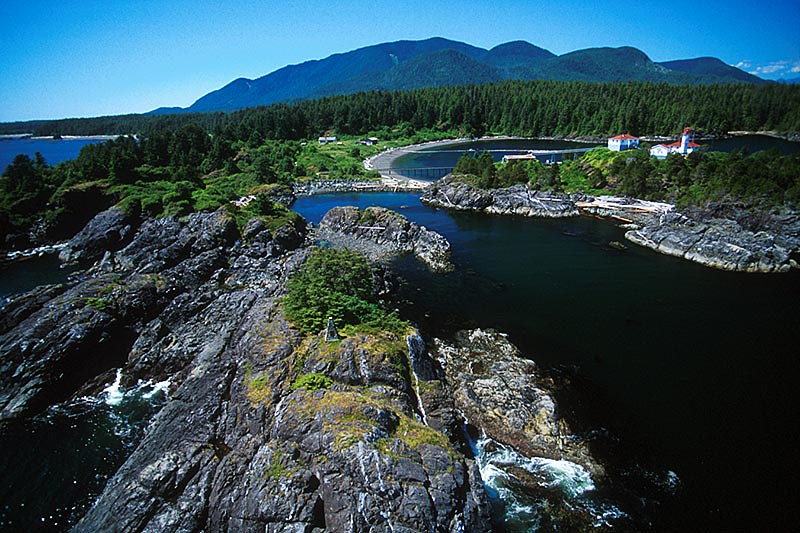
Tahsis is at the end of the line, and it can also feel like a town at the end of the world. Once you hit Gold River the pavement stops and it’s another 65 kilometres on a gravel logging road. From Campbell River, the nearest commercial hub, you head due west. The trip to Tahsis requires a 150-kilometre journey across the girth of Vancouver Island. Mayor Martin Davis stands above the Tahsis Inlet. “I was afraid I was going to get lynched.” “People thought I was trying to shut down all logging in the area,” Davis recalls. The remote village on the northwest coast of Vancouver Island had survived off logging and milling over the decades, until the last mill closed in 2001, around the time Davis arrived.ĭavis, an environmentalist, caver, tree planter and former underground radio-station operator, spent his spare time exploring the area’s caves and went on to play an important role in local conservation initiatives, including the creation of the 316-hectare Weymer Creek Provincial Park.Īlso in the Weymer watershed, on the east side of Tahsis Inlet just beyond the village, he played a key role in the establishment of the 29-hectare Wildlife Habitat Area in 2000.įor Davis, these decisions represented important wins for Tahsis’ rich biodiversity and landscapes, including six bat species, Roosevelt elk, old-growth trees, and caves and karst features containing the bones of mammals dating back 1,300 years.īut for long-time Tahsis residents, the new protected areas were simply part of the town’s growing economic problem. Residents of Tahsis treated Martin Davis with suspicion the moment he moved there two decades ago.

Amtrak trains pass by twice a day, and the museum interior showcases a variety of running model trains on dioramas and tracks.Editor’s note: Travel to the village of Tahsis for this article was concluded before physical distancing and recommended travel restrictions due to the COVID-19 pandemic were put into effect.

The New Braunfels Railroad Museum, also known as the New Braunfels Historic Railroad and Modelers Society, is an organization and show space dedicated to preserving railroad history, from preserved artifacts and photographs to the celebration of various model trains. The majority of the pools are comfortably heated, and food options range from barbecue, burgers, and traditional fairground food. SchlitterbahnĬonsistently recommended as an exceptional water park and one of New Braunfels’ great attractions, Schlitterbahn offers a variety of aquatic attractions such as water slides, gargantuan pools, obstacle courses, and a waterside playground for younger guests. Shuttles are available at the end of the tubing route to ferry tubers back to the start, but the walk back is also easily manageable. It’s a great way to spend the afternoon, floating for a few miles with a soft drink or snack. The Comal River is an integral part of life in New Braunfels, with many different stores and operators offering tubes to float down the river.

The town is also home to several museums, such as the Museum of Texas Handmade Furniture, showcasing artisan pieces from local craftsmen through history, and McKenna Children's Museum, an interactive kids’ attraction that teaches children about space and technology. New Braunfels’ Gruene District is a Nationally Registered Historic District, where you can dine in a 19th-century cotton gin, or enjoy live music at one of the oldest dance halls in Texas. The town’s outer reaches are filled with campgrounds, vineyards, and cabins, and Landa Park, on the shores of the Comal River, features sprawling trails, a miniature train, paddle boats, and lush scenery.

Cultural quirks aside, the main draws of the area include the aforementioned Guadalupe and Comal Rivers, which attract visitors for their clear, cool waters - great for rafting, tubing, and kayaking. Founded by a German prince in 1845, the area has a unique culture derived from its heritage as a German colony, with German nomenclature and influences visible in the town’s local businesses and 19th-century buildings. New Braunfels, located by the cold spring rivers of Guadalupe and Comal, is a small Texan town, but by no means typical.


 0 kommentar(er)
0 kommentar(er)
